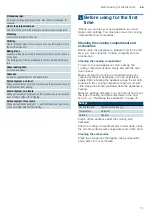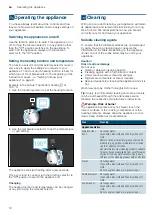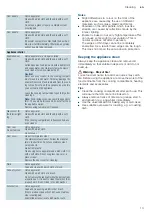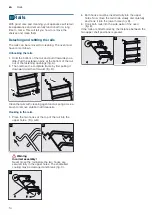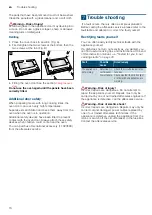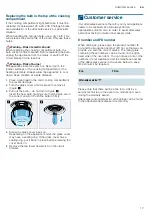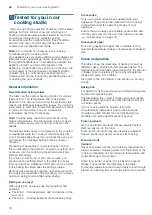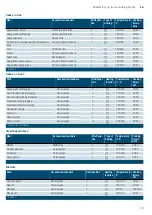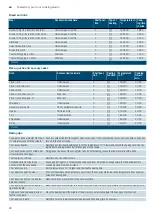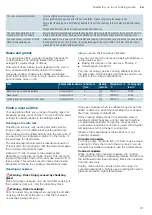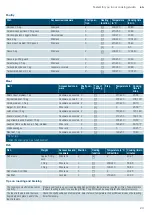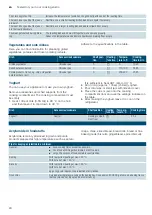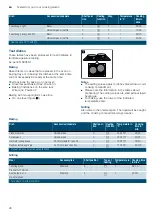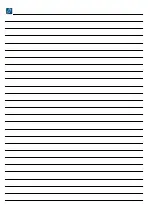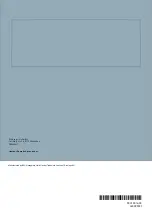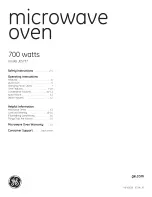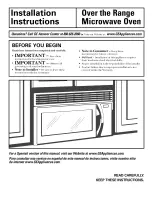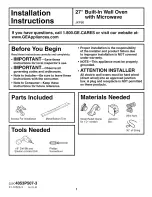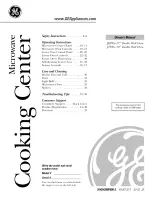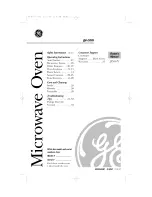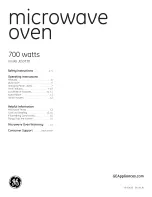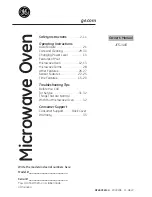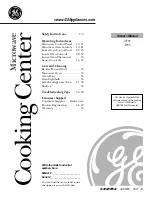
en
Tested for you in our cooking studio
24
Vegetables and side dishes
Here, you can find information for preparing grilled
vegetables, potatoes and frozen potato products.
Adhere to the specifications in the table.
Yoghurt
You can use your appliance to make your own yoghurt.
Remove accessories and shelf supports from the
cooking compartment. The cooking compartment must
be empty.
1.
Heat 1 litre of milk (3.5% fat) to 90 °C on the hob
and then leave it to cool down to 40 °C.
It is sufficient to heat UHT milk to 40 °C.
2.
Stir in 30 g (approx. 1 tbsp) (chilled) yoghurt.
3.
Pour into cups or small jars with lids and cover.
4.
Place the cups or jars onto the cooking
compartment floor and use the settings indicated in
the table.
5.
After making the yoghurt, leave it to cool in the
refrigerator.
Acrylamide in foodstuffs
Acrylamide is mainly produced in grain and potato
products prepared at high temperatures, such as potato
crisps, chips, sliced bread, bread rolls, bread or fine
baked goods (biscuits, gingerbread, spiced biscuit).
The crackling is too thin.
Increase the temperature or switch on the grill briefly at the end of the roasting time.
The roast looks good but the juices
are burnt.
Next time, use a smaller roasting dish and add more liquid if necessary.
The roast looks good but the juices
are too clear and watery.
Next time, use a larger roasting dish and add less liquid if necessary.
The meat gets burned during brais-
ing.
The roasting dish and lid must fit together well and close properly.
Reduce the temperature and add more liquid when braising if necessary.
Dish
Accessories/cookware
Shelf posi-
tion
Heating
function
Tempera-
ture in °C
Cooking
time in min
Grilled vegetables
Universal pan
5
(
3
10-20
Baked potatoes, halved
Universal pan
3
%
170-190
55-65
Potato products, frozen, e.g. chips, croquettes,
potato pockets, rösti
Universal pan
3
%
200-220
25-35
Dish
Accessories/cookware
Shelf position
Heating
function
Tempera-
ture in °C
Cooking time
Yoghurt
Cup/jar
Cooking compart-
ment floor
4
-
4-5h
Tips for keeping acrylamide to a minimum
General
■
Keep cooking times as short as possible.
■
Cook food until it is golden brown, but not too dark.
■
Large, thick pieces of food contain less acrylamide.
Baking
With top/bottom heating at max. 200 °C.
With hot air at max. 180 °C.
Biscuits
With top/bottom heating at max. 190 °C.
With hot air at max. 170 °C.
Egg or egg yolk reduces the production of acrylamide.
Oven chips
Spread out a single layer evenly on the baking tray. Cook approx. 400-600 g at once on a baking tray so
that the chips do not dry out and become crunchy.


